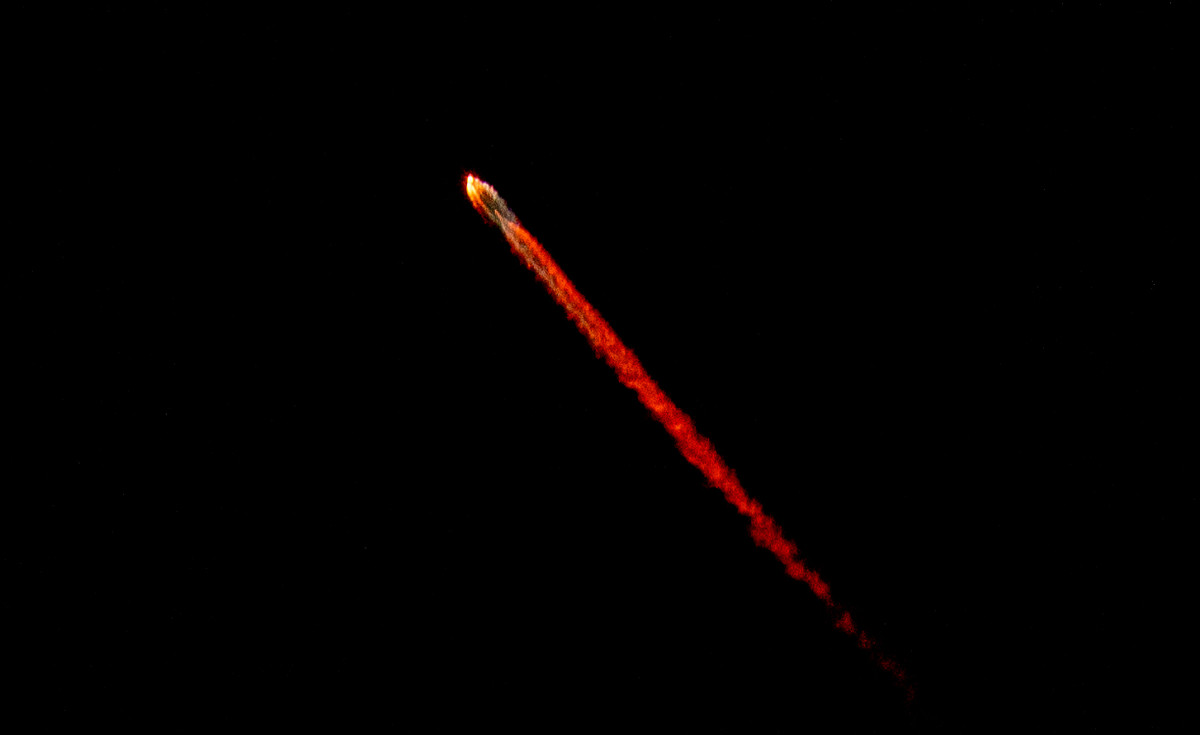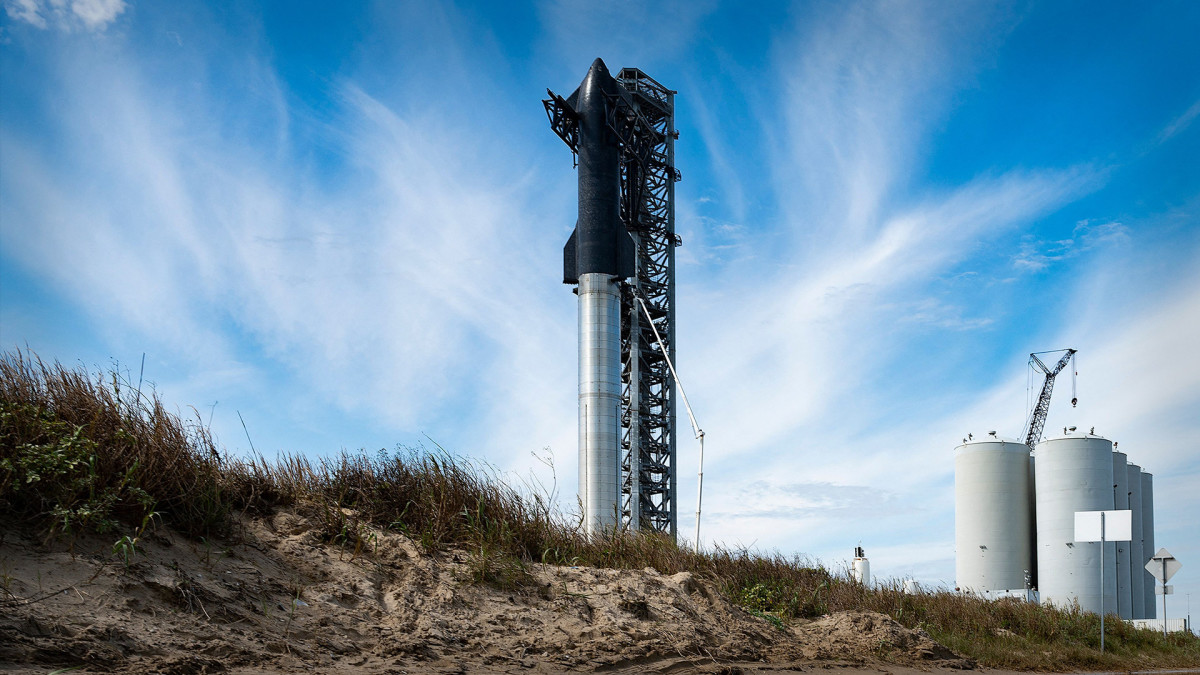
After Elon Musk's SpaceX finished a record 2023, in which it successfully completed 96 rocket launches, the space-technology company on Tuesday made its first launch of 2024.
The launch — SpaceX's 296th overall — carried another batch of Starlink internet satellites into orbit, six of which featured SpaceX's new direct-to-cell capability.
SpaceX in October initially detailed its efforts in direct-to-cell satellite construction. It plans to eventually launch batches of these upgraded satellites on Starship, once the rocket's kinks are worked out.
Related: The environmental dichotomy of Tesla CEO Elon Musk
The satellites are designed to work seamlessly with most smartphones.
New SpaceX satellites test direct-to-cell
Kate Tice, a senior engineer and manager of quality systems at SpaceX, said during a livestream of the launch that these new satellites would be used first to test the service in the U.S.
The company plans to grant users access to text in 2024; connectivity for voice and devices connected to the internet of things is scheduled to begin in 2025.
These satellites, according to Jessie Anderson, structures engineering manager for SpaceX, feature new hardware.
SpaceX expects them to be brighter than previous Starlink satellites, though Anderson said the company would measure changes in brightness and adjust future batches to make them as dim as possible.
That brightness from many satellites can interfere with astronomers' ability to study space, scientists say.
Concern about pollution from used satellites
SpaceX's Starlink constellation now includes more than 5,000 satellites. The company has approval to launch up to 12,000 and plans to launch as many as 40,000.
Related: Elon Musk goes after Biden Administration following $900 million SpaceX loss
SpaceX's constellation currently makes up more than half of all the satellites in low-Earth orbit. That has some scientists concerned about the potential of increased pollution when the satellites burn up as they reenter the atmosphere.
SpaceX has partnered with seven cellular carriers worldwide, including T-Mobile in the U.S., KDDI in Japan and Optus in Australia.
Musk said in a post on X that this "will allow for mobile phone connectivity anywhere on Earth."
He did, however, note that while direct-to-cell service in its current form is a good solution for places that lack cellular connectivity, it is "not meaningfully competitive with existing terrestrial networks."
SpaceX's goal is to eliminate dead zones everywhere, something Musk called "a big deal."

JIM WATSON/AFP via Getty Images
Still, the increase in global rocket launches — an effort led by Musk and SpaceX — poses a significant environmental threat. That threat arises as soot particles and other chemicals are injected into the upper layers of the atmosphere, which can increase warming in those layers and deplete the ozone layer.
One scientist recently told TheStreet that without viably clean alternatives, the world should be "making serious decisions about what are the most necessary launches that should be taking place."
Contact Ian with tips via email, ian.krietzberg@thearenagroup.net, or Signal 732-804-1223.
Related: SpaceX slams report implicating it in a potential threat to 'people on Earth'
Get exclusive access to portfolio managers’ stock picks and proven investing strategies with Real Money Pro. Get started now.







